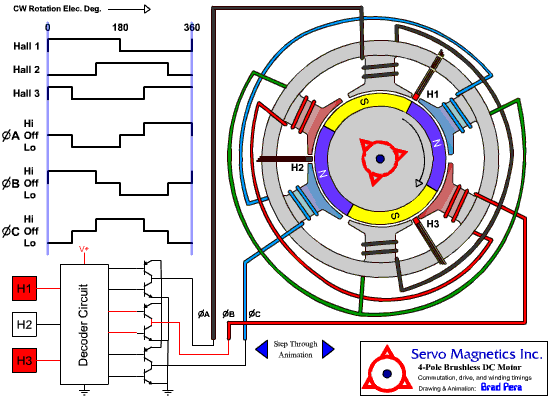Droider
Drone Enthusiast
Found this at the weekend and thought I would post it up here. This is the BEST piece of info I have found for MK beginners.. He should be congratulated on his work and encouraged to write more by people commenting on his work and encouraging him to continuie adding to it.
Heres the link
https://docs.google.com/document/d/1D_neH0ttJiPRXg5Uo8s7U95AD6GwlgP6TMd65LmMGyo/edit?hl=en&pli=1#
Hello All,
I have compiled a MK Flight Training Manual from information presented on this site and other sites that pertain to flying the MK. I hope it can be uses by those who are looking for additional information once they have completed their build.
The manual contains the following topics:
Introduction
Chapter 1. Introduction to Flight Training
Chapter 2. FAA
Chapter 3. Ground School
Chapter 4. Flight Procedures and Checklist
Chapter 5. Basic Flight Training Maneuvers
Chapter 6. MK Navigation Systems
Chapter 7. Aerial Photography
Chapter 8. FPV Flying
Chapter 9. Emergencies
Chapter 10. Post Flight
Here is a link, While it is not completely comprehensive, it's a start. Please let me know if you would like any additional information added, or, if you have any corrections to the content.
Heres the link
https://docs.google.com/document/d/1D_neH0ttJiPRXg5Uo8s7U95AD6GwlgP6TMd65LmMGyo/edit?hl=en&pli=1#



